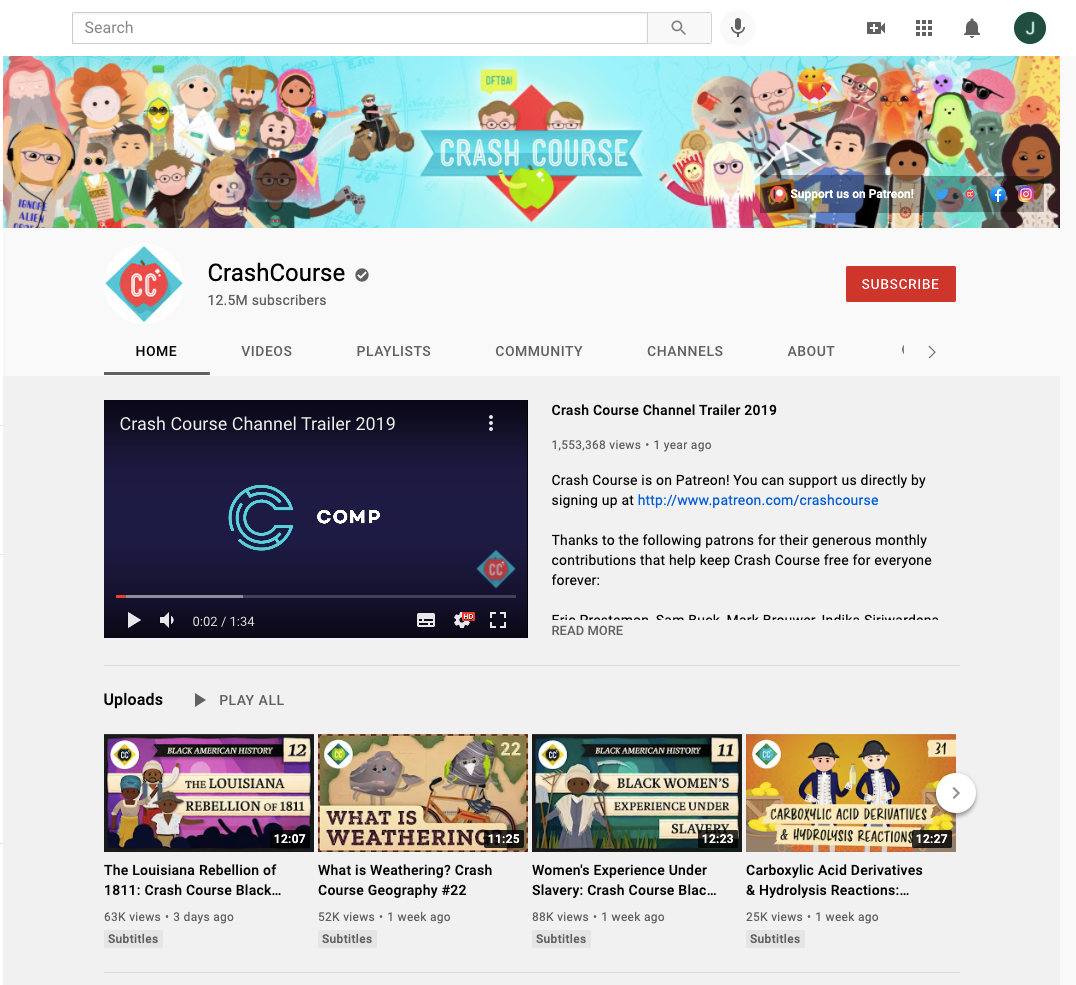If you think social media is the new garbage of the world, then this might be the article for you! This article will discuss the modern world’s love/hate relationship with social media for its quality.
A. Why so much criticism?
Over the past years, there has been an increasing trend to actively criticize the role of social media and the impact it has on our society.
One day Social Media is getting criticized for being too negative and underregulated:
- Anonymous insults & harmful content
- Fake news, lobbying, and international interferences
- Data privacy and abusive targeting
And the next day, Social Media is considered as a propaganda instrument:
- Self-censorship
- National censorship – (Read our article on The New Era of Social Media Protectionism)
Finally, social media is also frequently under the spotlight for spreading low-quality content. Content targets the younger generations with promotional posts shared with the unique objective of winning the race for likes…
Everyone has the right to challenge social media, considering it has been a part of most of our lives for almost 20 years. (Yes, time flies… Facebook was born in 2004).
(*Friendly reminder: any use of social media remains optional, and everyone is always free to live without social media).
B. It’s just the beginning
As a social media agency, we are continuously challenging ourselves to understand the current social media ecosystem. Our role is also to consider what’s next! We are where we are today, but things could change.
At the start of 2021, data records suggested that there were 4.33 billion social media users worldwide, equating to more than 55 percent of the total global population.
The most powerful and widely adopted innovations are often also the most dangerous.
As complex as it can be, innovation will always remain a tool. From the flintstone that serves to make a fire to Facebook that struggles to contain fake news, same…
C. What’s next based on other digital innovations
Behind any innovation, there is an adoption lifecycle – let’s use other previous digital marketing innovations as a lens to gain some additional perspectives:
SEO Search Engine Optimisation in 2005
- Firstly, marketers were creating satellite landing pages, over-optimized on super popular keywords (Madonna, Sex, etc…) to drive a large amount of organic traffic to their website and eventually monetize this audience. The rationale was about quantity.
- Outcome: Google then changed and improved its approach with marketers, realizing that high-quality traffic and high conversion rates were much more meaningful than useless increases in traffic.
EDM – Email Direct Marketing in 2010
- Afterward, marketers were purchasing high volumes of low-quality emails and sent millions of emails to push sales with very low levels of segmentation and personalization. Once again, it was all about quantity.
- Outcome: Gmail and other webmail have implemented advanced ‘spam trap’ software to block low-quality emails and protect their users. Today, marketers are developing more innovative data cleansing and segmentation approaches to send the right email to the right user with the right frequency and content.
Influencer Marketing or KOLs (Key Opinion Leaders) in 2020
- Recently, marketers were repeating the same mistakes (again). As a hot trend, Marketers decided to collaborate with high-profile celebrities with huge audiences, losing basic common sense. Here in Hong Kong, we saw many collaborations with brands trying to reach Hong Kong audiences by partnering with large-scale influencers followed by 300K, or even worse, 700K Followers on Instagram. (Hong Kong’s population is approximately 7.5M, of course, 10% of the Hong Kong population is not following our 700K Influencer. Internet & social media are global, and the geographical dilution of influencer audiences is real.
- Outcome: Today, marketers are analyzing the demographic data of audiences, verifying audience quality and micro influence, or Key Opinion Consumers are logically replacing collaborations with the larger scale influencers (celebrities).
D. Predictive Model
Over the years, all digital marketing tactics have continually evolved from 3 different aspects:
- Quantity to quality audiences
- Promotional to narrative content
- Short term brand or product tactics to long term customer-centric tactics
Social Media and Influencer Marketing don’t escape these three rules. Complaining and considering social media as garbage is a statement. We need to understand where we are going and make social media a more intelligent ecosystem where quality, meaningful, inspirational, and educational narratives replace controversy, hard-selling, and self-promotion.
E. Existing and concrete signs of evolution
To end this article, here are some welcome truths of this evolution in action.
You have probably heard about micro-influencers as well as microlearning.
But have you heard about knowledge-based influencers? This trend is a mix between influence and learning, leveraging the best from both!
TED-Ed = 14M subscribers on YouTube
TED-Ed’s commitment to creating lessons worth sharing extends TED’s mission to spread great ideas. Within TED-Ed’s growing library of animations, you will find carefully curated educational videos, many of which represent collaborations between talented educators and animators nominated through the TED-Ed website (ed.ted.com).
CrashCourse = 12M subscribers on Youtube
CrashCouse believes that high-quality educational videos should be available to everyone for free!
The Crash Course team has produced more than 32 courses on various subjects, including organic chemistry, literature, world history, biology, philosophy, theatre, ecology, and many more!

Please check out this article written by the University of the People for more information on the most influential knowledge-based influencers.
So, what about Chinese Social Media?
Recently on Bilibili: An 85-year-old marine geologist attracted more than 280,000 followers after posting only two videos in less than a week. These videos focused on passing over his 60 years of scientific knowledge and experience to the new generation, especially Gen Z. His vision is to make science more accessible to a general audience on various social media platforms.
Shortly after he posted the two videos, explaining his experience with ocean-drilling projects and another on calculating the age of the South China Sea, he had drawn over 2 million views (in only a few days!). Note that he posted the two videos two months ago, 28 of June 2021…

However, this is not surprising. Over the past year, the five fastest-growing content categories on Bilibili were social sciences and humanities, psychology, animals, food, and science. Among them, popular science content hit the highest viewer growth rate, increasing by 1,994%.
Conclusion
To conclude, there will always be hate towards social media, and that’s the reason you have spent the last few minutes reading this article. However, the positive side of social media quality is starting to shine through. Whether you are a Corporate, Association, or Individual, the key question is, would you like to be a part of making it better?


